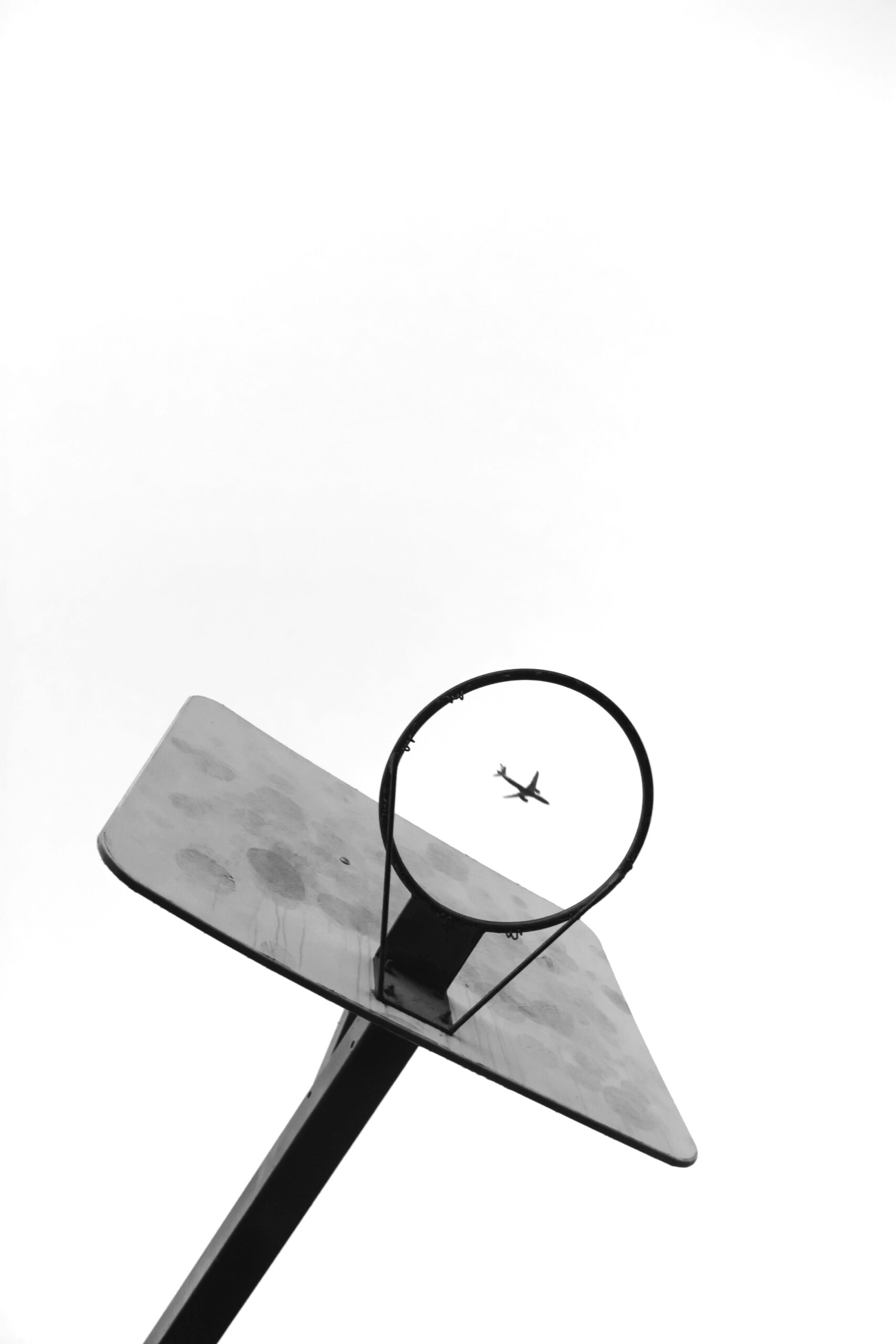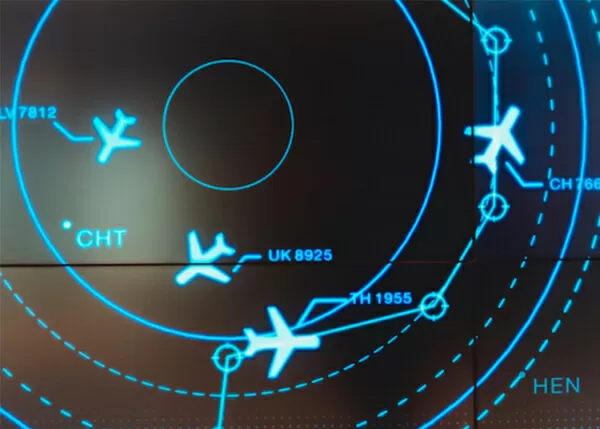
Efficiency in the Air: Understanding the Dynamics of Airspace Capacity Studies
Airspace capacity studies play a crucial role in ensuring the efficiency of aviation by providing comprehensive evaluations that shape the optimal use of airspace. These studies consider various factors, including traffic demand, separation standards, air traffic control (ATC) procedures, and weather conditions. By understanding the dynamics of airspace capacity studies, we can gain valuable insights into...
Read More
Airscape Futures: Charting Tomorrow’s Capacity through Detailed Studies
Airscape capacity studies are comprehensive evaluations that play a vital role in shaping the future of aviation. These detailed studies consider factors such as traffic demand, separation standards, air traffic control (ATC) procedures, and weather conditions to chart the capacity and efficiency of airspace in the years to come. By delving into the intricacies of airspace...
Read More
Forecasting Tomorrow’s Skies: The Art of Evaluating Airspace Capacity
Evaluating airspace capacity is both an art and a science that plays a pivotal role in shaping the future of aviation. These comprehensive studies provide valuable insights into the capacity of our skies, taking into account factors such as traffic demand, separation standards, air traffic control (ATC) procedures, and weather conditions. By delving into the art...
Read More
Aerial Optimization: Unveiling the Science of Airspace Capacity Studies
Airspace capacity studies are driven by a scientific approach to determine the current and future capacity of our skies. These studies involve detailed evaluations that consider various factors, including traffic demand, separation standards, air traffic control (ATC) procedures, and weather conditions. By unveiling the science behind airspace capacity studies, we can gain a deeper understanding of...
Read More
Efficiency in the Skies: Crafting Effective Airspace Designs for Reduced Environmental Impact
Crafting effective airspace designs is essential in reducing the environmental impact of aviation. As our team strives to minimize flight times, fuel burn, and CO2 emissions, the imperative of considering factors such as traffic flows, aircraft performance characteristics, and existing ground infrastructure becomes crucial. In this blog post, we will delve into the significance of crafting...
Read More
Sky Sculpting: Crafting Efficient Airspace Designs for Optimized Aviation
Airspace design plays a crucial role in optimizing aviation operations by efficiently managing air traffic flows. Meticulous airspace designs can minimize flight times, reduce fuel burn, and lower CO2 emissions. By considering aircraft performance characteristics and existing ground infrastructure, airspace designers can create efficient and effective designs that maximize the potential of the sky. In this...
Read More
Navigating the Skies: Unveiling the Art of Airspace Design Efficiency
Airspace design efficiency is an art form that plays a vital role in optimizing aviation operations. By crafting designs that prioritize traffic flow optimization, fuel burn reduction, and minimized CO2 emissions, airspace designers contribute to a more sustainable and environmentally conscious aviation industry. This blog post delves into the art of airspace design efficiency, exploring how...
Read More
The dangers of mid-air collisions.
Mid-air collisions are one of the most serious safety risks in the aviation industry. When two aircraft collide in mid-air, it can lead to catastrophic consequences, potentially causing loss of life and significant damage to property. In this article, we’ll explore the dangers of mid-air collisions and examine the ways in which the aviation industry […]
Read More
The importance of situational awareness in aviation safety
Situational awareness is a critical aspect of aviation safety. It refers to a pilot’s
Read More
The role of flight simulators in pilot training and aviation safety
When it comes to ensuring the safety of air travel, the role of flight simulators
Read More
Airscape Futures: Charting Tomorrow’s Capacity through Detailed Studies

Forecasting Tomorrow’s Skies: The Art of Evaluating Airspace Capacity

Aerial Optimization: Unveiling the Science of Airspace Capacity Studies

Efficiency in the Air: Understanding the Dynamics of Airspace Capacity Studies

Efficiency in the Skies: Crafting Effective Airspace Designs for Reduced Environmental Impact

Unlocking the Skies: Navigating Airspace Capacity Studies for Future Aviation

Aerial Harmony: Designing Airspace for Sustainable Efficiency and Reduced Emissions

Efficiency in the Skies: Crafting Effective Airspace Designs for Reduced Environmental Impact

Elevating Flight: The Science of Efficient Airspace Design for Sustainable Aviation

